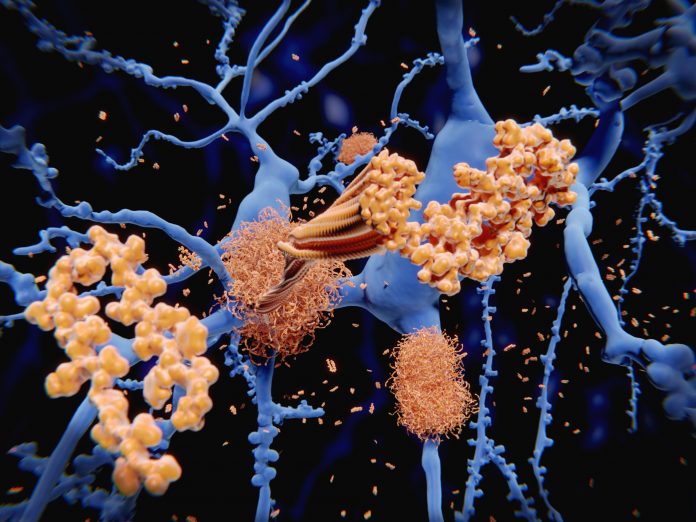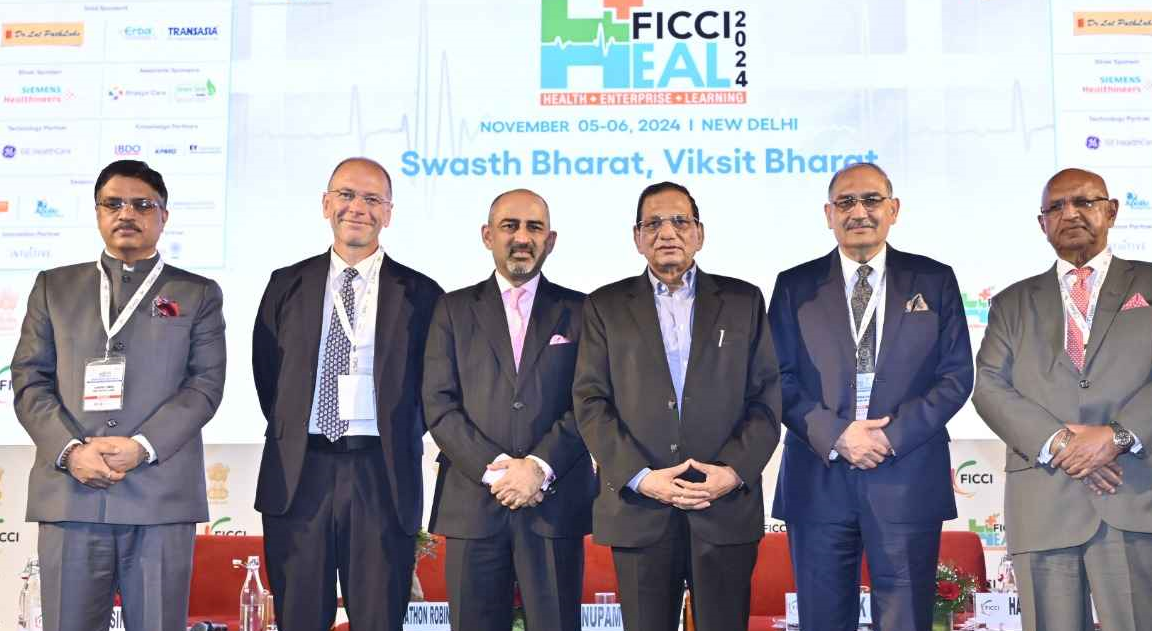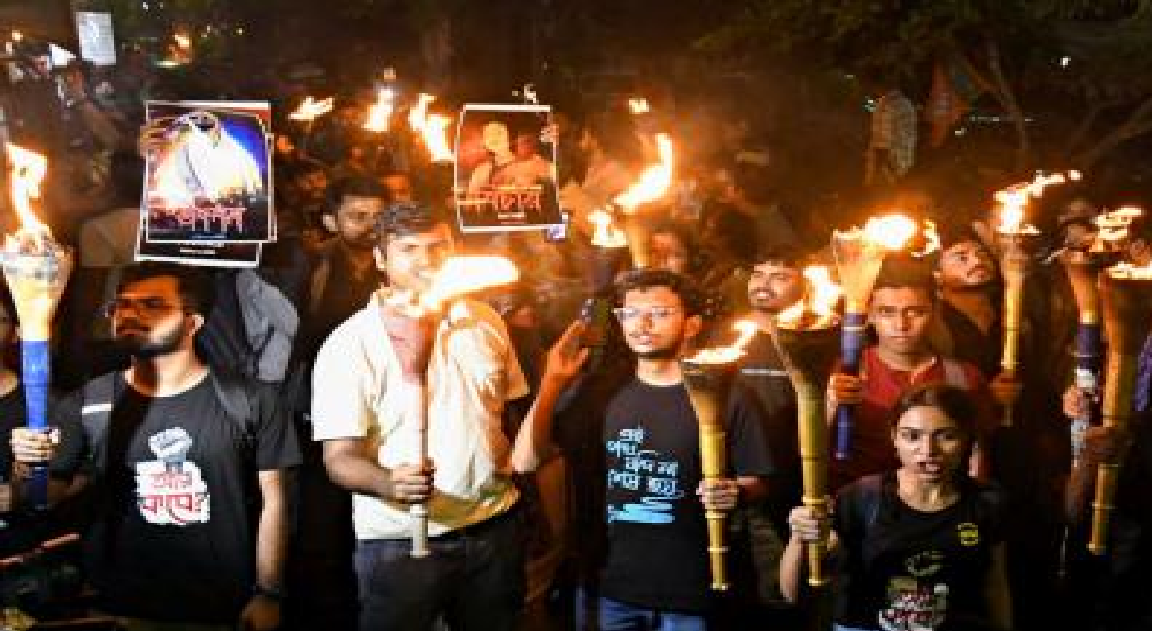A latest Lancet study reveals that the anaemia burden is still strong, with main factors being dietary deficiencies and lack of awareness about diseases causing anaemia plus lack of options to manage menstrual irregularities in women, which have a higher disease burden than men. Dr Gaurav Kharya, clinical lead, bone marrow transplant & cellular therapy, and senior consultant, pediatric hematology, oncology & immunology, Indraprastha Apollo Hospital, says the situation regarding anaemia in India is likely to be significant, given that South Asia, which includes India, is one of the regions with the highest anaemia burden in the world. In 2021, South Asia had a prevalence of 35.7% anaemia, making it one of the areas most affected by this condition.
The main factors contributing to anaemia in India are likely to be dietary deficiencies, particularly iron, B12 and folate deficiency and lack of awareness about diseases causing anaemia. Iron deficiency was found to be the leading cause of anaemia globally, and inadequate intake of iron was the single-most common cause of anaemia. This suggests that a significant portion of anae-mia cases in India might be attributed to insufficient iron intake in the diet.
Along with iron deficiency, a significant population in India being vegetarian, vitamin B12 and folate deficiency is also a major cause of nutritional anaemia.
Another important factor contributing to the anaemia burden, especially among women, is likely to be the lack of options to manage menstrual irregularities effectively. The study mentioned that there is an education gap about blood loss during menstruation and inadequate options for managing menstrual problems, which could lead to increased anaemia prevalence in women.
Moreover, the study highlights that there are wide disparities in anaemia prevalence when narrowing the focus to gender and age. Women, especially those in the reproductive age group (ages 15-49), were found to have a higher anaemia prevalence compared to men. In India, where there may be challenges related to gender equality and women’s access to healthcare, this disparity might be even more pronounced.
What are the complications of chronic anaemia?
Chronic anaemia, if left untreated or poorly managed, can lead to various complications affecting different organ systems in the body. Some of them are:
- Fatigue and weakness: Anaemia reduces the oxygen-carrying capacity of the blood, leading to reduced oxygen supply to tissues and organs. This can result in persistent fatigue, weakness and reduced physical stamina.
- Reduced cognitive function: In cases of severe anaemia, the brain may not receive sufficient oxygen, leading to decreased cognitive function, difficulty concentrating and memory problems.
- Cardiovascular complications: Anaemia places additional stress on the heart, as it needs to pump more blood to compensate for the reduced oxygen-carrying capacity. Over time, this can lead to an increased risk of heart-related complications.
- Shortness of breath and dizziness: Insufficient oxygen in the blood can cause shortness of breath, especially during physical activity, and may lead to dizziness or lightheadedness.
- Pale skin and nail beds.
- Cold hands and feet.
- Increased susceptibility to infections.
- Impaired growth and development (in children).
- Complications during pregnancy: Anaemia in pregnant women can increase the risk of preterm birth, low birth weight and other complications for both the mother and the baby.
- Worsening of pre-existing conditions: Anaemia can exacerbate pre-existing health conditions, such as heart and lung diseases, making their management more challenging.
- Impaired wound healing: Reduced oxygen supply can slow down wound healing and increase the risk of infections at the site of injury or surgery.
What are the dietary dos and dont’s to enable maximum absorption of iron?
To maximise iron absorption from the diet, it is essential to combine iron-rich foods with other dietary components that can enhance or inhibit iron absorption.
Consume heme iron sources: Heme iron, found in animal-based foods such as red meat, poultry and fish, is more easily absorbed than non-heme iron (found in plant-based foods).
Pair iron with Vitamin C: Vitamin C enhances the absorption of non-heme iron. You can improve iron absorption by pairing iron-rich plant-based foods with vitamin C sources such as citrus fruits, strawberries, bell peppers or broccoli.
Include fermented foods: Fermented foods like yogurt and certain sourdough bread can increase iron absorption.
Cook in cast iron cookware: Cooking acidic foods, like tomato-based dishes, in cast iron cookware can add a small amount of iron to the food.
Avoid consuming iron blockers: Some dietary components can inhibit iron absorption. These include tannins found in tea, coffee and some herbal teas, as well as phytates found in whole grains, legumes and nuts.
Avoid calcium and iron together: Calcium can interfere with iron absorption; so, it is best not to consume calcium-rich foods or supplements together with iron-rich foods. Separate their consumption by a few hours.











